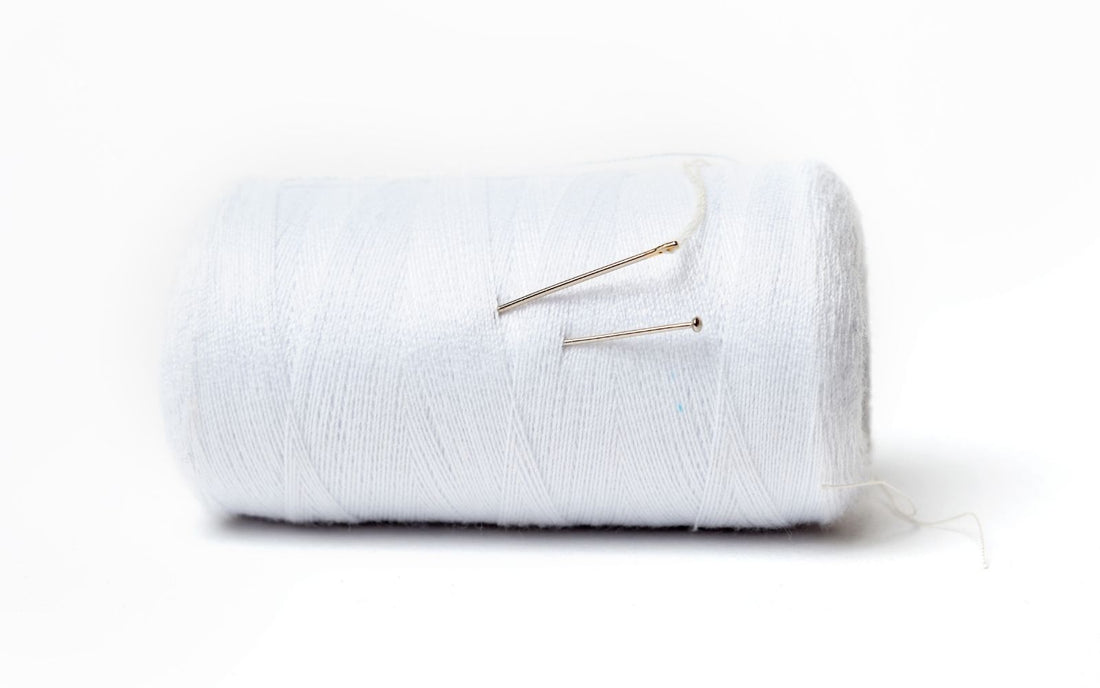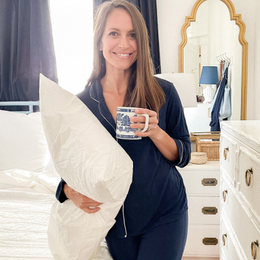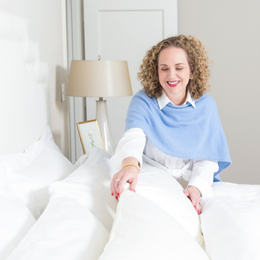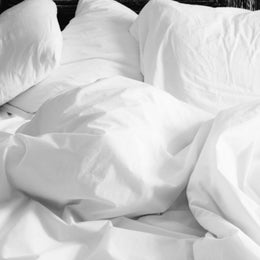Thread count in sheets: we all know it’s one of the things to look for when we’re buying linens, but what does it even mean? Fortunately, thread count is actually pretty easy to understand. It’s simply the number of threads or fiber strands woven together in a single square inch of fabric. From there, things can get a little more complicated...
Generally speaking, a higher thread count is going to indicate a higher quality fabric. It’s not all about the count, though. A fabric’s woven pattern can play a huge role in the softness and durability of the final product. We’ve found that the best sheets are achieved by weaving the same number of threads in both the lengthwise direction (the warp) and the widthwise direction (the weft) direction. This 1:1 ratio produces what’s known as a balanced weave, more commonly referred to as percale. Our preferred sheets have a balanced thread count of 500, with 250 individual warp and weft threads each woven together in every inch of fabric, making our percale sheets some of the best you can find.

In recent years, most American retailers have shifted their marketing push to high count sateen sheets. What most shoppers don’t realize, though, is that sateen sheets are actually produced with an inferior weave that will lose its appeal in just a few washes. Sateen fabric is made by weaving four threads over one, creating an imbalanced or open weave. This 4:1 method is faster and therefore cheaper to produce, but a sateen weave is just a manufacturing trick to achieve a higher thread count. Most buyers end up complaining that their sateen sheets are pilling after a few washes, quickly losing their silkiness for a limp, rag-like feel. This is thanks to those four threads floating on the fabric’s surface, leading to easy abrasion with regular washing.
Some other high thread count sheets are made with yarn that has been plied together before weaving. This questionable practice leads to an inflated actual thread count. The United States Federal Trade Commission has ruled this method is nothing more than a deceptive marketing tactic intended to mislead consumers by overstating actual thread count. In the majority of cases, if you find bed sheets boasting a thread count of 1,000, beware that they were likely made using poor quality yarn, plied together in four-thread strands with an actual thread count of 250.

In truth, any bed sheet that claims a thread count greater than 500 is either a sateen weave or was made with plied yarns. When you’re looking for linens that will bring you lasting comfort, shop wisely and sleep well!




